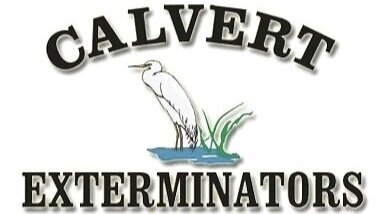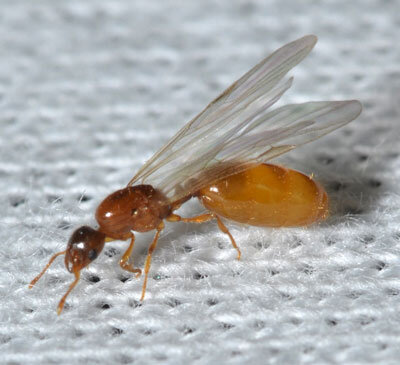ANTS
Ants are the most common pests found in homes.
More than 12,000 species of ants are known with about 700 found in the U.S. Only about 25 species will be found inside homes. Some of the ants classified as pests found in the Metro area include the argentine ant, carpenter ant, harvester ant, little black ant, odorous house ant, Pharaoh ant, red imported fire ant, Southern fire ant, thief ant and the velvety tree ant.
Argentine Ants
This small non-stinging ant is about 1/8th inch and is a brownish color. They are the most persistent and troublesome ant that invades houses because they are small and can get through tiny cracks. Argentine Ants live in shallow galleries in the ground often only a few inches deep. A single colony has multiple queens and can grow quite rapidly, displacing other native types of ants. They also rapidly establish other colonies when a queen leaves and takes some of the workers with her. These satellite colonies may eventually return, or they may become the mother colony to many new colonies. During the hot summer months, some may even be temporarily established inside homes under carpets, attic insulation, in walls and potted plants.
Life Cycle – The eggs hatch in about two weeks into larvae. The larvae mature into a pupa in about a month, and the pupa stage lasts only 15 days. The whole process of egg to adult can range from as short as 33 days to a maximum of 141 days.
LITTLE BLACK ANT
This very small stinging ant is about 1/16th inch and colored dark brown to black. They build nests underground, under tree bark, beneath rocks, and can even infest woodwork in buildings. They will nest both indoors and outdoors. They will also build nests in lawns and vacant lots. Their favorite food is insect honeydew, but in houses they will go after just about anything such as grease, sweets, meat, fruits, and vegetables. They even eat other insects, both dead and alive.
Life Cycle – Little black ants will swarm in the summer, reproducing and forming new colonies. Each colony can grow quite large and eventually contain multiple queens.
Carpenter Ants
Carpenter ants are one of the larger ants that invade homes and are usually ¼ to ½ inch in size. Despite what their name may imply, they do not actually eat wood. These non-stinging ants tunnel through wood to create their homes and can do considerable damage. They will infest dead trees, telephone poles, and houses but can also be found in lawns. They feed on other insects and juices and are fond of anything sweet. They are liquid feeders and unable to swallow solid foods. Adult carpenter ants have the ability to bite. Each colony has one queen, who lays only a few eggs that become minor workers, who then go out and forage to feed the queen and the young. A colony may eventually contain over 3,000 workers. When they get into houses, damage can be severe and require extensive repairs.
Life Cycle – Females lay eggs in chambers of galleries, which hatch into larvae in about 24 days. The larvae mature into pupa in 21 days. Pupa are encased in cocoons, which are commonly called ant eggs. The pupal stage is also 21 days, so the minimum time from egg to adult is 66 days.
PAVEMENT ANT
Odorous House Ants
This small non-stinging ant is about 1/8th inch and colored dark brown to black. They get their name from the rotten coconut-like odor that they produce when they are crushed. They routinely invade houses searching for food during the winter, when their usual honeydew food outside is gone. Like the Argentine ant, colonies contain multiple queens and a few thousand worker ants. They nest under stones and pavement and will establish nest inside houses also.
Life Cycle – Females lay only one egg per day, which mature into larvae in 2-3 weeks. They remain as larvae from 2-4 weeks, and then enter a pre-pupal stage for 2-3 days. The pupal stage lasts an average of two weeks before they become adults. Several generations can develop each year, and the females may live for several years. Males only last a few days after emergence.
THIEF ANT
Thief ants are tiny, only about 1/16th of an inch, and are a pale brownish color. Their size makes it easy for them to get into houses in search of food and water. They love meat, cheese and greasy foods. They will also eat dead insects. The nests are in galleries in dirt, and they often build near another ant colony – raiding it to steal food. This is how they got their name. The thief ant will also build inside walls, cupboards, cracks and crevices of structures. They can host diseases and tapeworms as an additional problem for human food. A colony may contain from a few hundred to a few thousand ants.
Life Cycle – Queens lay about 100 eggs, which incubate for 16-28 days. The larval stage varies greatly with temperature, developing in as little as three weeks. This ant also has a pre-pupal stage of 2-11 days, and the pupal stage itself ranges from 13-27 days.







